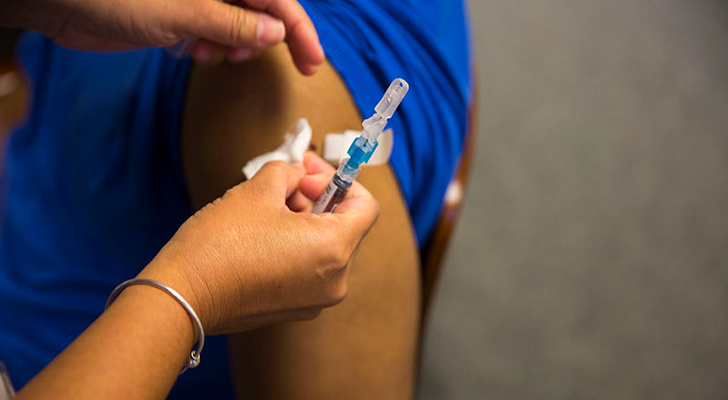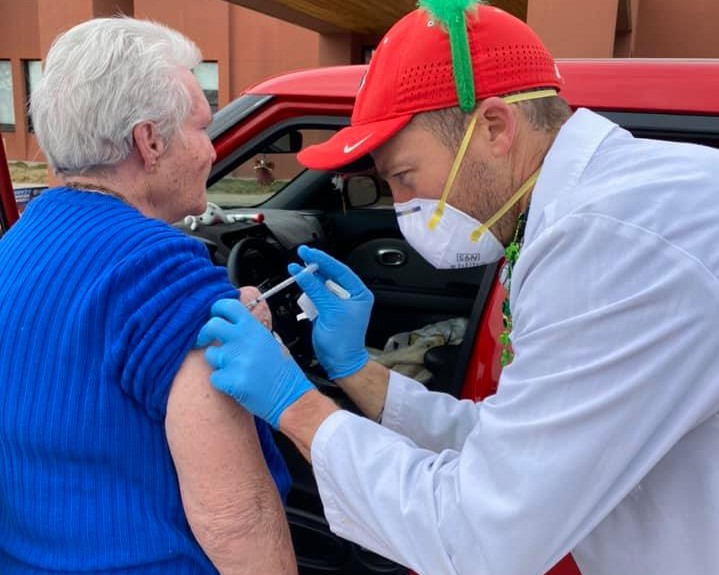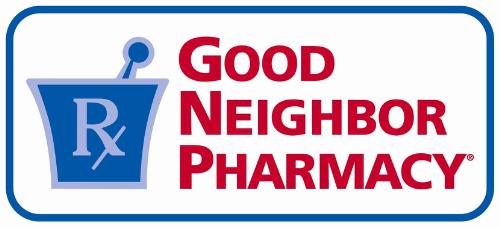By Peter Kounelis, R.Ph., Vice President, Elevate Provider Network
The following is an excerpt. Visit AmerisourceBergen’s Insights for the full article.
The 2017-2018 flu season is being hailed as particularly severe. Pharmacists have an opportunity to help protect patients by encouraging them to get vaccinated if they haven’t already. For pharmacies, preparing for flu season means a flurry of activity. With remedies for flu and flu-like symptoms, as well as preventatives such as vitamins and antibacterial products, flying off the shelves, it’s a busy time of year that can mean additional revenue. But could flu season mean even more for independent community pharmacies?
Immunizations are a vital part of keeping a community healthy. And when it comes to the flu in particular, a vaccination remains the most effective way to prevent the illness.
The CDC recommends that anyone over 6 years of age get a flu shot, and more Americans than ever before are getting vaccinated. During the 2015-2016 flu season, CDC estimates showed that 46.2 percent of the U.S. population aged 6 months and older received the flu vaccine.1 And with vaccination rates rising steadily year over year, the time to offer immunizations has never been better, particularly considering growing public awareness of flu risks and prevention coupled with a greater need for vaccination as new strains develop.
Immunizations are a vital part of keeping a community healthy. And when it comes to the flu in particular, a vaccination remains the most effective way to prevent the illness. As such, delivering vaccines – for flu and pneumonia, shingles, measles, pertussis and more – is an opportunity for pharmacies to enhance the care they provide to patients and bring in additional revenue. For independents seeking to become a healthcare destination, immunization programs establish the pharmacy as a source of care in their communities. Moreover, as value-added services that are convenient to prescription pickup and drop-off, administering immunizations is an opportunity to attract new patients. In addition, pharmacies that offer immunizations effectively fill the gap between the physician and the pharmacy by addressing important patient care needs where physician shortages exist.
Despite the opportunities that offering vaccinations can present, the requirement for a vaccine prescription can be a hurdle for pharmacies that want to offer them. In most states, the administration of a vaccine by a pharmacist requires a prescription from a healthcare provider. It’s in these situations that the value of collaborative practice agreements (CPA) for independent pharmacies is perhaps best demonstrated.2
A collaborative practice agreement is a contract between a physician and a pharmacist that authorizes pharmacists to provide patients with certain types of pharmaceutical care, e.g., vaccines. A collaborative practice agreement eliminates the need for a prescription from a physician, giving the pharmacist the authority to provide vaccinations without an individual prescription from the patient’s doctor. Although the pharmacist will still need to document vaccination administration and maintain those records for at least two years, details on how the process works are contained within the CPA and its protocols.
In addition to the flu vaccine, CPAs can cover immunizations for pneumonia and other conditions. Capitalizing on the opportunity inherent in a CPA by marketing vaccines as part of the portfolio of pharmacy services accomplishes two things that are vital to an independent pharmacy’s profitability: attracting new patients and efficiently providing patient care.
- Centers for Disease Control. Flu Vaccination Coverage, United States, 2015-16 Influenza Season. Available online at https://www.cdc.gov/flu/fluvaxview/coverage-1314estimates.htm#age-group-all Accessed 18 January 18.
- 2. Collaborative practice agreements may not be required or available in all states. Check local- and state-level requirements for your area.




